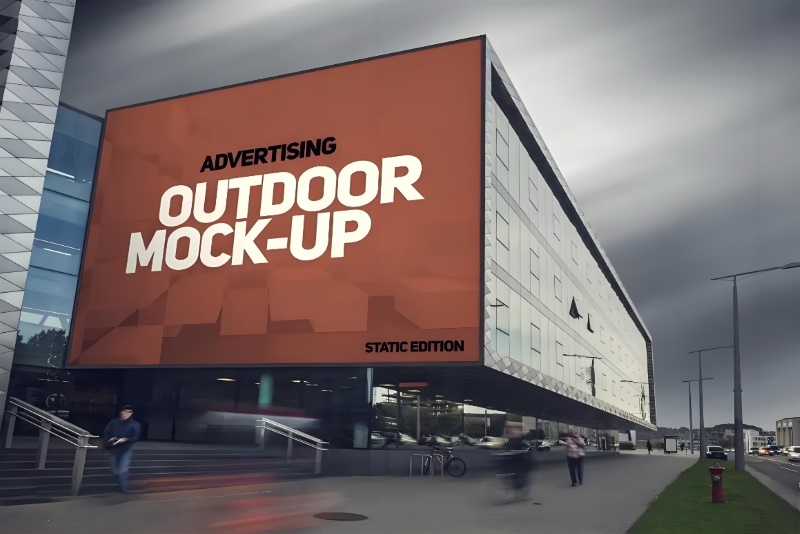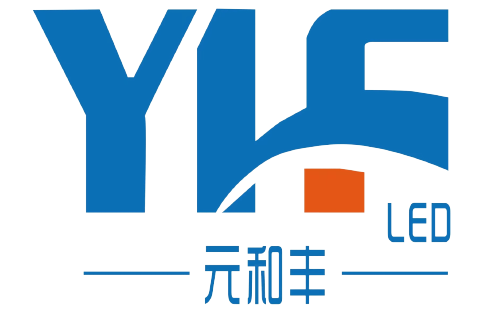In today's visually-driven world, events need to be more than just gatherings; they need to be experiences. And what better way to create a truly immersive experience than with a giant, high-definition outdoor LED screen? These digital canvases have revolutionized the way we perceive and interact with live events, transforming them into stunning visual feasts.

Advantages of Outdoor LED Screens
- High Brightness and Visibility: Outdoor LED screens are designed to be incredibly bright, ensuring optimal visibility even in direct sunlight. This makes them perfect for outdoor events, concerts, and sporting events.
- Large Format Display: LED screens can be scaled to any size, allowing for massive displays that can capture the attention of large crowds. They can be used to create stunning backdrops for stages, product launches, and more.
- Customizable Content: LED screens offer unparalleled flexibility in terms of content. You can display anything from live feeds to pre-recorded videos, animations, and graphics. This allows for highly customized and engaging visual experiences.
- Durability and Weather Resistance: Outdoor LED screens are built to withstand harsh weather conditions, including rain, wind, and extreme temperatures. This makes them a reliable choice for outdoor events.
- Energy Efficiency: Modern LED technology is highly energy-efficient, reducing operating costs and minimizing environmental impact.
Types of Outdoor LED Screens
- Fixed Installation: These screens are permanently mounted in a specific location, such as a building facade or a dedicated structure.
- Mobile LED Screens: These screens are mounted on trailers or trucks, making them highly portable and ideal for events that require frequent relocation.
- Transparent LED Screens: These screens offer a see-through effect, allowing for unique and creative visual displays.
- Curved LED Screens: Curved LED screens create a more immersive viewing experience, making them popular for concerts and other entertainment events.
Installation and Maintenance
- Site Survey: Before installation, a thorough site survey is conducted to determine the best location and orientation for the screen.
- Structural Support: The screen must be securely mounted on a sturdy structure that can withstand wind loads and other environmental factors.
- Electrical Connections: Proper electrical connections are crucial for the screen's operation.
- Calibration and Testing: Once installed, the screen is calibrated to ensure optimal color accuracy and brightness.
- Regular Maintenance: Regular maintenance is essential to keep the screen in top condition. This includes cleaning, inspecting for damage, and replacing any faulty components.
Creative Design and Applications
Outdoor LED screens can be used for a wide range of applications, including:
- Live Events: Concerts, sports events, and festivals
- Product Launches: Creating a visually stunning backdrop for new product unveilings
- Corporate Events: Enhancing presentations and conferences
- Digital Billboards: Displaying advertising and promotional content
- Interactive Experiences: Engaging audiences with interactive elements
Legal and Regulatory Considerations
- Permits and Licenses: Obtaining the necessary permits and licenses is crucial before installing an outdoor LED screen.
- Local Regulations: Adhere to local regulations regarding size, brightness, and operating hours.
- Safety Standards: Ensure that the screen is installed in compliance with safety standards.
Conclusion
Outdoor LED screens have become indispensable tools for creating unforgettable event experiences. Their versatility, durability, and stunning visual impact have made them a popular choice for businesses, event planners, and municipalities alike. As technology continues to advance, we can expect to see even more innovative and exciting applications for outdoor LED screens in the future.
